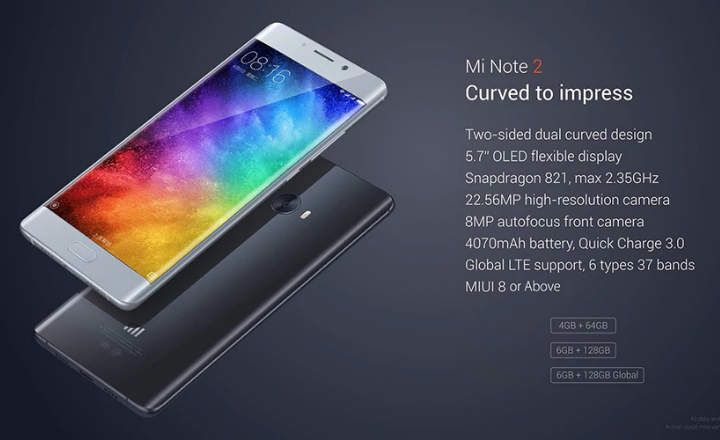
Oh boy The consumption of data in mobile telephony has skyrocketed in recent times. Applications and their constant updates take up more and more space, and that without going into assessing the issue of streaming apps. If we want to watch Netflix, YouTube or the like away from a WiFi network, we eat 1 gigabyte or 2 without even realizing it.
Spotify also consumes a good portion of data, and the ads that we see within all those apps and games also take their part. The megabytes fly like a dove in the wind, and every time we have to juggle more to make ends meet keeping the type.
Today we are going to see how we can monitor the data consumption we carry out on our Android device. Something that will help us not only to keep more control, but also to reduce this consumption efficiently. We started!
How to check how much data we have consumed from our monthly rate
First of all, the first thing we have to do is know what is our actual data consumption. That is a piece of information that we can normally check by entering the website of our Internet provider, but the truth is that Android offers a more detailed (and above all fast) system to obtain this information.
 My monthly consumption of mobile data in the Euskaltel panel: impractical and it also gives very few details.
My monthly consumption of mobile data in the Euskaltel panel: impractical and it also gives very few details.All we have to do is enter "Settings -> Network and Internet -> Data usage”. From here we can see at a glance a graph with monthly data consumption, as well as a breakdown of data by application.

It is important that at this point we make a couple of adjustments:
- On the one hand, change data warning so that it agrees with the number of GB per month that we have contracted.
- Adjust billing cycle (by default it starts counting from the first day of the month).

Note: this data can be set from "Settings -> Network and Internet -> Data usage -> Billing cycle".
As an extra, Android also allows us to "turn off the tap", so that, at a certain point, no more data can be consumed. We can activate this option from "Data usage -> Billing cycle -> Set data limit”. Perfect so that our operator does not charge us a bonus in case of exceeding our established monthly limit.
Now, with all the settings correctly configured, we can know how many megabytes have we consumed in real time. Be careful, here the use of WiFi data is not taken into consideration, only mobile data (we can see that from "Settings -> Network and Internet -> Data usage -> Data usage with WiFi”).
How to keep mobile data consumption at bay and reduce
The first thing we could do right now is take a look at the breakdown of data usage by app. There are certain applications that spend a lot of data, such as Twitter, Facebook or YouTube. The good news is that many of these apps can be configured so that their consumption is lower.
A few months ago I wrote THIS another post, with data saving configuration prompts for some of these gluttonous apps. Please take a look to see in detail the personalized settings to be made in each case.
Activate data saving
By now you will surely have seen the "Data saving”In the settings menu under“Network and Internet -> Data usage”. Activating this option we will get the applications that we have installed don't consume data when in the background.
This is an adjustment that can make a difference, since these types of processes in seconds include things such as automatic updates of apps, checking for new emails, Facebook updates and other activities that can lead to a significant consumption of megabytes in the end. of month.
The good thing is that the system allows us discriminate certain applications from being applied to them this data restriction. To do this, in the menu "Data saving", We just have to activate the tab, click on"Unrestricted data”And select the applications that we do not want to be blocked.

Note: If we want to know how much a particular app consumes in the backgroundWe only have to enter the data usage section by application to see the details. This way we can know if it is convenient for us to restrict the use of data in the background of said app.

Use a data saving app like Datally
If this is not enough, we can also try Datally, an application developed by Google that allows greater control of the data we spend with our mobile.
 In this image, the Chrome browser and Google Maps have restricted Internet access (closed padlock)
In this image, the Chrome browser and Google Maps have restricted Internet access (closed padlock)Besides allowing us to see a more detailed consumption of the apps we have installed, Datally has a function that helps us find nearby and free WiFi hotspots.
But the strong point of the application is the "Data Saving" mode, with which we create a VPN where they can only send and receive data the applications that we indicate.

It is a system similar to what we can already find in Android 7.0 and higher, but with a more user-friendly interface, and the best thing is that it also is compatible with phones from Android 5.0.
Along with these tips, we can also carry out other tasks that will help us reduce data consumption, such as disabling automatic updates, buying paid versions of those apps and games that have many ads, or using the offline mode of applications such as Netflix and the like to download content only when we are connected to a WiFi network.
You have Telegram installed? Receive the best post of each day on our channel. Or if you prefer, find out everything from our Facebook page.
